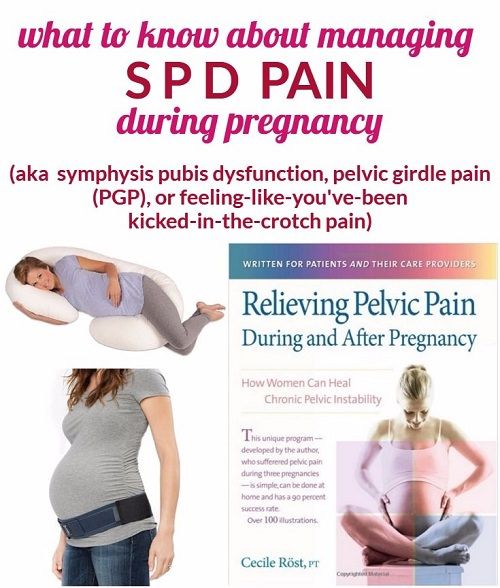Fatigue during pregnancy is very common. Some women may feel exhausted throughout their pregnancy, while some may hardly feel tired at all. Although experience with fatigue tends to vary, most women will feel more tired than usual during their pregnancy. Fatigue during pregnancy is most common during the first trimester. It tends to go away during the second trimester, but will usually return in the third trimester.
During early pregnancy, hormonal changes are likely the cause of fatigue. Your body is producing more blood to carry nutrients to your growing baby. Your blood sugar levels and blood pressure are also lower. Hormones especially increased progesterone levels, are responsible for making you sleepy. In addition to the physical changes occurring in your body, emotional changes can contribute to decreased energy.
Whether the pregnancy is planned or unplanned, you may experience anxiety about motherhood, worry about the baby’s health, or even experience conflicting feelings about your pregnancy. It is important to understand that your emotions do play a part in how you feel physically, and all of these things are a natural and normal part of pregnancy.
During your second trimester, there is a good chance your energy level will increase and you will start to feel more like your old self. Many women take advantage of this time during the pregnancy to accomplish important tasks, as energy levels will likely decrease again in the third trimester. This is often called “The Happy Trimester.” Now don’t be alarmed if during this trimester you still experience fatigue. More than likely it will be less obvious, but unfortunately, fatigue during pregnancy is still possible during the second trimester.
In late pregnancy, you will most likely begin to feel tired again. At this point you will be carrying extra weight from the baby, maybe having trouble sleeping, and dealing with frequent urination more often. The following are a list of ways to cope with the fatigue you may be experiencing.
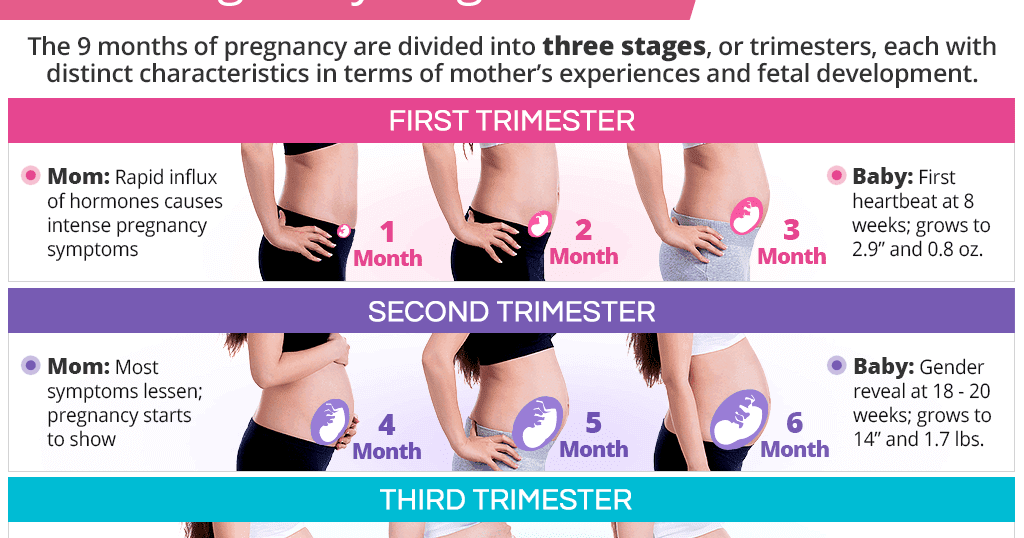
Compiled using information from the following sources:
Roger W. Harms, M.D., E.-I.-C. Mayo Clinic: Guide to a healthy pregnancy. USA: American Academy of Pediatrics.
Yes, although the extreme tiredness of the first trimester can come as quite a surprise. It can be an especially hard transition for those who are normally go-getters with lots of energy. Women who usually need only six hours of sleep at night may find they need nearly double that during these first weeks of pregnancy.
And for others, daytime tiredness is paired with trouble sleeping deeply or for more than a few hours at night.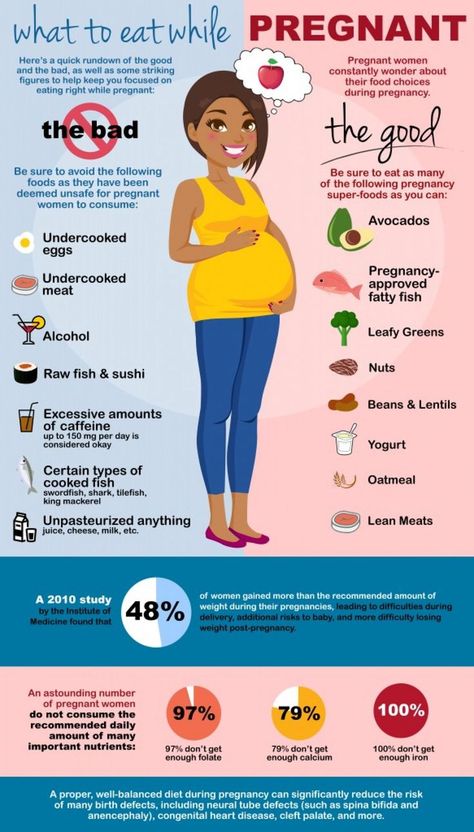 Nausea and vomiting can also be a big drain on your energy.
Nausea and vomiting can also be a big drain on your energy.
Creating human life is a big job that takes lots of time and energy. Fatigue in the first trimester is a signal from your body to slow down and give it time to adjust to the incredible changes happening inside.
Several factors may contribute to first trimester pregnancy fatigue, including:
 If you are experiencing extreme fatigue, talk to your provider about testing your iron levels.
If you are experiencing extreme fatigue, talk to your provider about testing your iron levels.For most women, the extreme fatigue of the first trimester is soon forgotten with the glow and boost in energy that comes with the second trimester. So, don’t worry if it seems like all you’re doing these first few weeks is lying around, dozing or napping. It’s normal. Although fatigue often returns in the third trimester because of disrupted sleep and increasing discomforts, this too will pass in time.
What can I do to feel better?
What should you avoid? Squelch the urge to drink coffee or other caffeinated drinks to stay alert, as too much caffeine really isn’t good for your developing baby. Instead, drink plenty of water.
Tips to avoid sleepless nightsPregnancy is tiresome work, but some women still have trouble sleeping when they do get the chance.
How can you sleep more comfortably while pregnant? Try these tips:
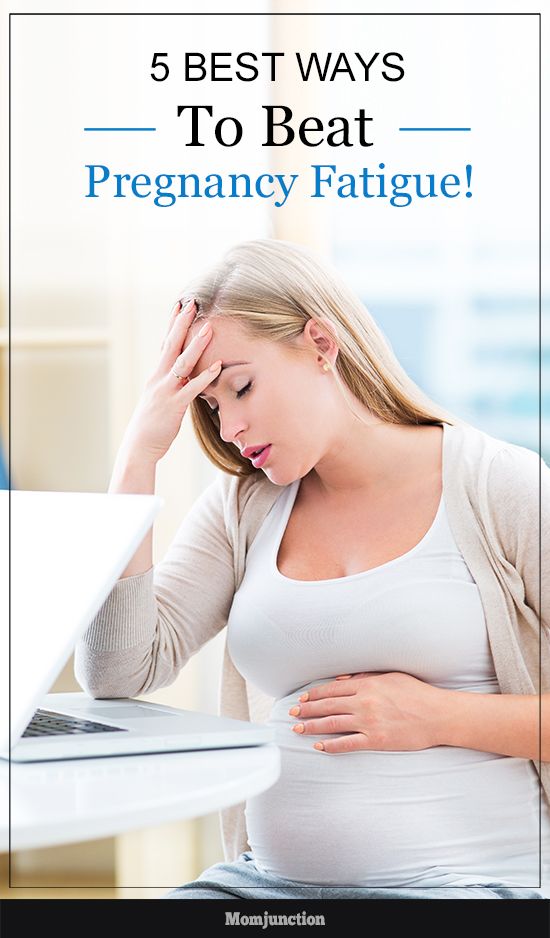
If you’ve tried everything and still cannot sleep, talk to your doctor for more suggestions and recommendations.
Give yourself a breakIt’s easy to feel guilty about not being able to do everything like you’re used to. It’s OK to step back, relax and pamper yourself.
Remember this is only temporary. Don’t let your fatigue put a damper on your pregnancy joy. You are creating life, and that’s definitely something to celebrate.
…
Posted In Health Information, Pregnancy, Women's
Wrestler Maria Vladimirovna
Obstetrician-gynecologist
MD GROUP Clinical Hospital, Mother and Child Clinic Savelovskaya
False contractions
They may appear after the 38th week of pregnancy.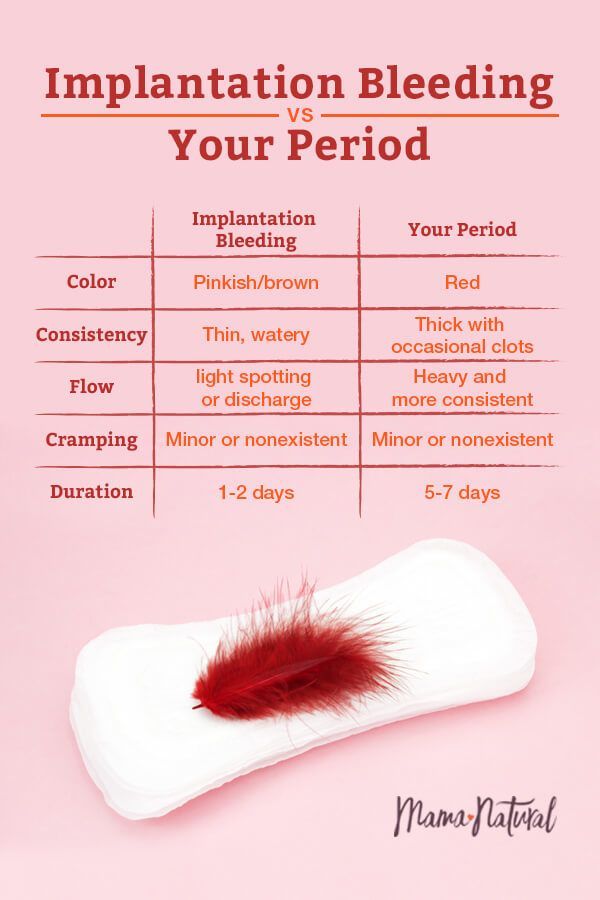 False contractions are similar to Braxton-Hicks contractions, which a woman could already feel starting from the second trimester of pregnancy (the uterus seems to stiffen for a few seconds - a couple of minutes, then the tension in it subsides). False contractions train the uterus before childbirth, they are irregular and painless, the intervals between them are not reduced. Real labor pains, on the contrary, are regular, their strength gradually increases, they become longer and more painful, and the intervals between them are reduced. That's when you can already say that the birth began for real. In the meantime, false contractions are going on, it is not necessary to go to the maternity hospital - you can easily survive them at home. nine0003
False contractions are similar to Braxton-Hicks contractions, which a woman could already feel starting from the second trimester of pregnancy (the uterus seems to stiffen for a few seconds - a couple of minutes, then the tension in it subsides). False contractions train the uterus before childbirth, they are irregular and painless, the intervals between them are not reduced. Real labor pains, on the contrary, are regular, their strength gradually increases, they become longer and more painful, and the intervals between them are reduced. That's when you can already say that the birth began for real. In the meantime, false contractions are going on, it is not necessary to go to the maternity hospital - you can easily survive them at home. nine0003
Abdominal prolapse
Approximately two to three weeks before birth, the baby, in preparation for birth, presses the presenting part (usually the head) against the lower part of the uterus and pulls it down. As a result, the uterus moves lower into the pelvic region, its upper part ceases to put pressure on the internal organs of the chest and abdominal cavity. In the people it is called - the stomach dropped. As soon as the stomach drops, the expectant mother notices that it has become easier for her to breathe, but, on the contrary, it becomes more difficult to sit and walk. Heartburn and belching also disappear (after all, the uterus no longer presses on the diaphragm and stomach). But, having dropped down, the uterus begins to put pressure on the bladder - naturally, urination becomes more frequent. nine0003
In the people it is called - the stomach dropped. As soon as the stomach drops, the expectant mother notices that it has become easier for her to breathe, but, on the contrary, it becomes more difficult to sit and walk. Heartburn and belching also disappear (after all, the uterus no longer presses on the diaphragm and stomach). But, having dropped down, the uterus begins to put pressure on the bladder - naturally, urination becomes more frequent. nine0003
For some, uterine prolapse causes a feeling of heaviness in the lower abdomen and even slight pain in the area of the inguinal ligaments. These sensations arise due to the fact that the child's head, moving down, irritates the nerve endings of the pelvic organs.
During the second and subsequent births, the belly drops later - right before the birth. It happens that this harbinger of childbirth is not at all.
Removal of the mucous plug
This is one of the main and obvious harbingers of childbirth. During pregnancy, the glands in the cervix produce a secret (it looks like a thick jelly and forms the so-called cork), which prevents various microorganisms from entering the uterine cavity. Before childbirth, under the influence of estrogens, the cervix softens, the cervical canal opens slightly and the cork can come out - the woman will see that there are mucus clots on the linen that look like jelly. Cork can be of different colors - white, transparent, yellowish-brown or pink-red. Often it is stained with blood - this is completely normal and may indicate that childbirth will occur within the next day. The mucus plug can come out all at once (at once) or come out piecemeal throughout the day. nine0003
During pregnancy, the glands in the cervix produce a secret (it looks like a thick jelly and forms the so-called cork), which prevents various microorganisms from entering the uterine cavity. Before childbirth, under the influence of estrogens, the cervix softens, the cervical canal opens slightly and the cork can come out - the woman will see that there are mucus clots on the linen that look like jelly. Cork can be of different colors - white, transparent, yellowish-brown or pink-red. Often it is stained with blood - this is completely normal and may indicate that childbirth will occur within the next day. The mucus plug can come out all at once (at once) or come out piecemeal throughout the day. nine0003
Weight loss
Approximately two weeks before delivery, weight loss may occur, usually by 0.5–2 kg. This happens because excess fluid is removed from the body and swelling decreases. If earlier during pregnancy, under the influence of the hormone progesterone, fluid in the body of a pregnant woman accumulated, now, before childbirth, the effect of progesterone decreases, but other female sex hormones - estrogens - begin to work hard, they remove excess fluid from the body of the expectant mother. nine0003
nine0003
In addition, the expectant mother often notices that at the end of pregnancy it became easier for her to put on rings, gloves, shoes - this means that swelling on the hands and feet has decreased.
Change of stool
Right before childbirth, hormones often act on the intestines - they relax its muscles, as a result, stool disorder begins. Sometimes such frequent (up to 2-3 times a day) and even loose stools are mistaken for an intestinal infection. But if there is no nausea, vomiting, discoloration and smell of feces, or any other symptoms of intoxication, you should not worry: this is one of the harbingers of the upcoming birth. nine0003
And on the eve of childbirth, you often don't feel like eating at all. All this is also the preparation of the body for natural childbirth.
Mood changes
Many women experience mood changes a few days before giving birth. The expectant mother gets tired quickly, she wants to have more rest, sleep, even some kind of apathy appears.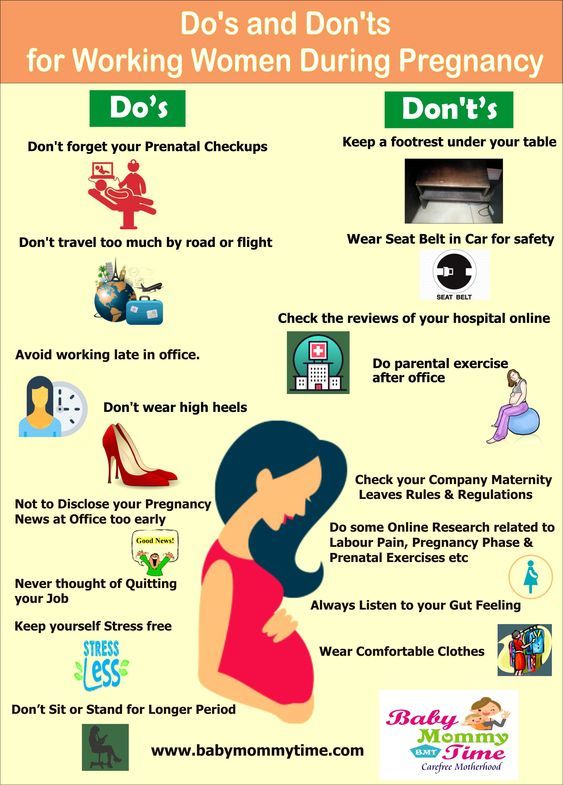 This state is quite understandable - you need to gather strength to prepare for childbirth. Often, just before giving birth, a woman wants to retire, looking for a secluded place where you can hide and focus on yourself and your experiences. nine0003
This state is quite understandable - you need to gather strength to prepare for childbirth. Often, just before giving birth, a woman wants to retire, looking for a secluded place where you can hide and focus on yourself and your experiences. nine0003
What should I do if there are any signs of childbirth? Usually you don’t need to do anything, because the harbingers are completely natural, they just say that the body is rebuilding and preparing for the birth of a child. Therefore, you should not worry and go to the hospital as soon as, for example, training contractions have begun or the mucous plug has come off. We must wait for real labor pains or outpouring of water.
Make an appointment
to the doctor - Borets Maria Vladimirovna
By clicking on the send button, I consent to the processing of personal data
01/26/2018
IVF failures: embryological stage
Wrestler Maria Vladimirovna
During pregnancy, a woman gets tired faster than usual, sometimes without even doing anything special.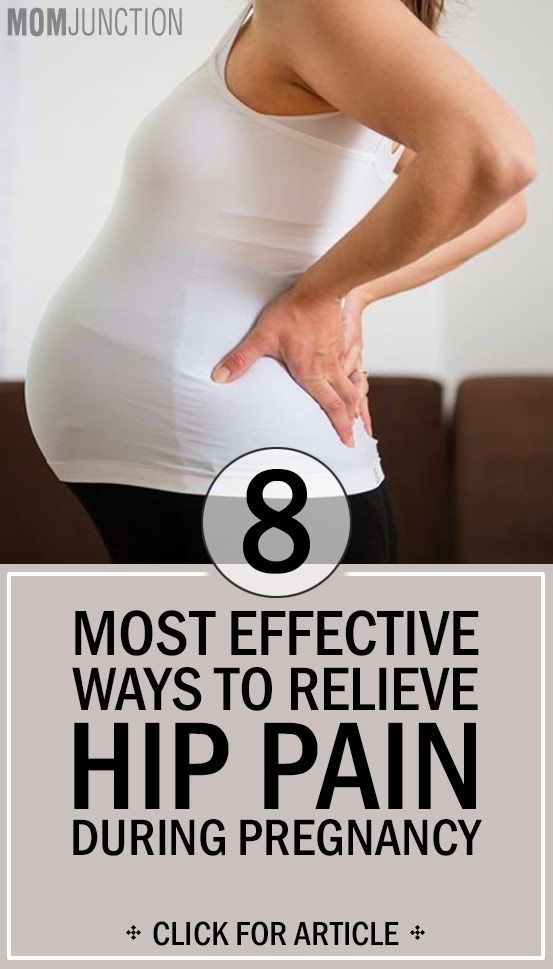 This is normal, because hormonal and psychological changes take place, and the body prepares for childbirth. Such changes can be stressful for a woman, which adds to the feeling of fatigue. nine0003
This is normal, because hormonal and psychological changes take place, and the body prepares for childbirth. Such changes can be stressful for a woman, which adds to the feeling of fatigue. nine0003
A pregnant woman develops insomnia, heartburn, heaviness in the back, spasms and cramps in the legs, and excessive fatigue may indicate anemia, especially if symptoms such as pale skin, shortness of breath, dizziness and palpitations are present. Iron deficiency in pregnant women occurs very often, as the need for iron increases due to the needs of the baby, and the hemoglobin produced by iron delivers oxygen not only to the tissues of the mother, but also to the child. nine0003
Nutrition of a pregnant woman should be BALANCED. Be sure to have a large amount of vitamins and minerals, especially iron and protein. A large amount of iron is found in the following foods: red meat, seafood, poultry, legumes. When consuming iron-rich foods, try to drink freshly squeezed citrus juices, which will help your body absorb minerals better.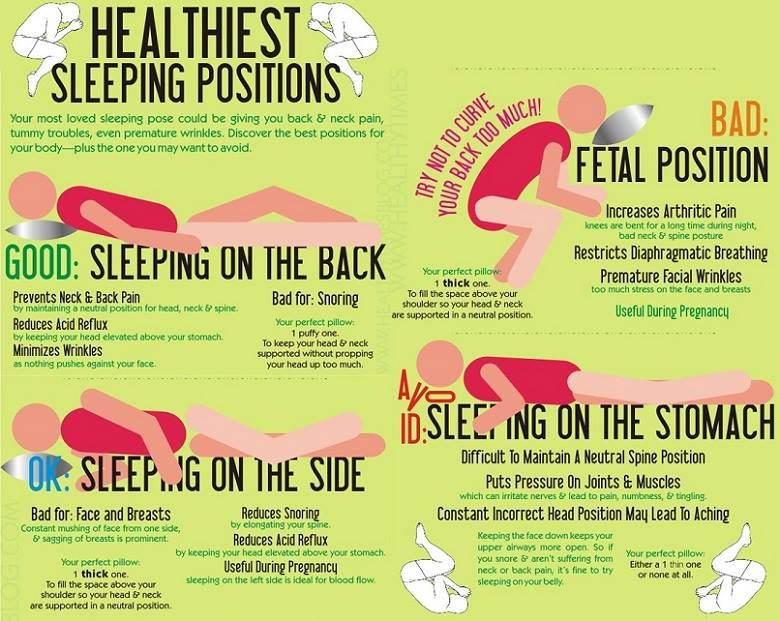 Do not forget about special multivitamin complexes for pregnant women. nine0003
Do not forget about special multivitamin complexes for pregnant women. nine0003
Lack of fluid in the body leads to rapid fatigue, but do not overdo it in the third trimester when there is a tendency to edema, especially before bedtime.
If there are no contraindications and your doctor has no objection, then try to exercise regularly. It will help to relax not only your body, but also charge you with positive. It is not necessary that this be a daily set of exercises, hiking in the fresh air is enough. nine0003
Do not refuse help, the care of your loved ones will be very necessary for you during this period. Not only do not refuse, but also ask for help yourself when you need it.
Relax more, try to spend a lot of time doing activities that give you pleasure and satisfaction and avoid stressful situations. Use special breathing techniques to relax. Rest more time, use every opportunity that falls to lie down to rest. If you are busy with work, be sure to take breaks, restore strength. nine0003
Use special breathing techniques to relax. Rest more time, use every opportunity that falls to lie down to rest. If you are busy with work, be sure to take breaks, restore strength. nine0003
As for the third trimester of pregnancy, here, among other difficulties, there may be HEAVY AND FEELING OF TENSION IN THE lumbar. The baby has already grown up and gained weight, so long walks are becoming harder and harder. In such cases, prenatal bandages can be used to relieve heaviness in the back.
But the SPECIAL BANDAGE may not suit all women. Many cannot choose the right and suitable option for themselves, because it can put pressure and create discomfort. 9 will help you in this situation.0078 sling scarf . You can tie up your stomach with them, and it will not squeeze the child, creating inconvenience, but will provide support for both the tummy and lower back.
Many expectant mothers who have tried SLING AS A BANDAGE noted that it is really more comfortable and pleasant than a special bandage. After childbirth, the sling will come in handy not only for carrying the baby, but also for tying up the pelvis and abdomen, which will help the uterus contract faster. Often, the bandage simply tamps down the lowered organs and flattens the stomach, while tying it with a sling will just lift and “put in place” the organs and fix the stomach. nine0003
After childbirth, the sling will come in handy not only for carrying the baby, but also for tying up the pelvis and abdomen, which will help the uterus contract faster. Often, the bandage simply tamps down the lowered organs and flattens the stomach, while tying it with a sling will just lift and “put in place” the organs and fix the stomach. nine0003
For information: in Mexico, for example, SLING, or rebozo, IS AN ESSENTIAL TOOL FOR MIDWIVES. Rebozo is used there not only for carrying children or as a part of the national costume, but also as an assistant to a pregnant woman. So, for example, in addition to supporting the abdomen and lower back, a midwife can use it to make a special relaxing massage for a woman in labor and even change the position of the child in the womb with special techniques and exercises.
In postpartum practice, rebozo is used as a tool with which a woman returns the energy and body tone spent during childbirth. In this practice, the technique of sequential bandaging of seven zones is used: forehead, shoulders, area under the chest, abdomen, mid-thigh, mid-calf, feet.